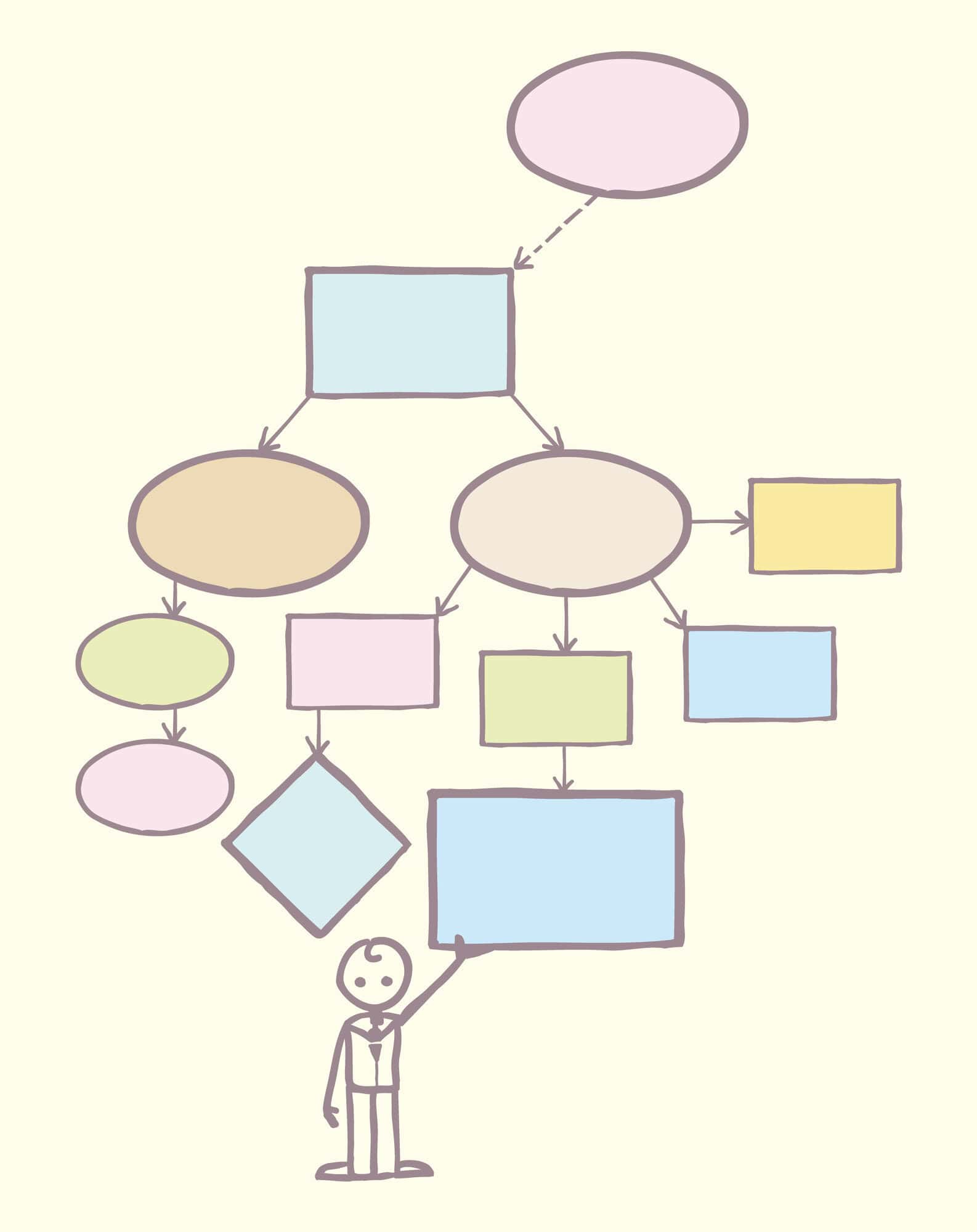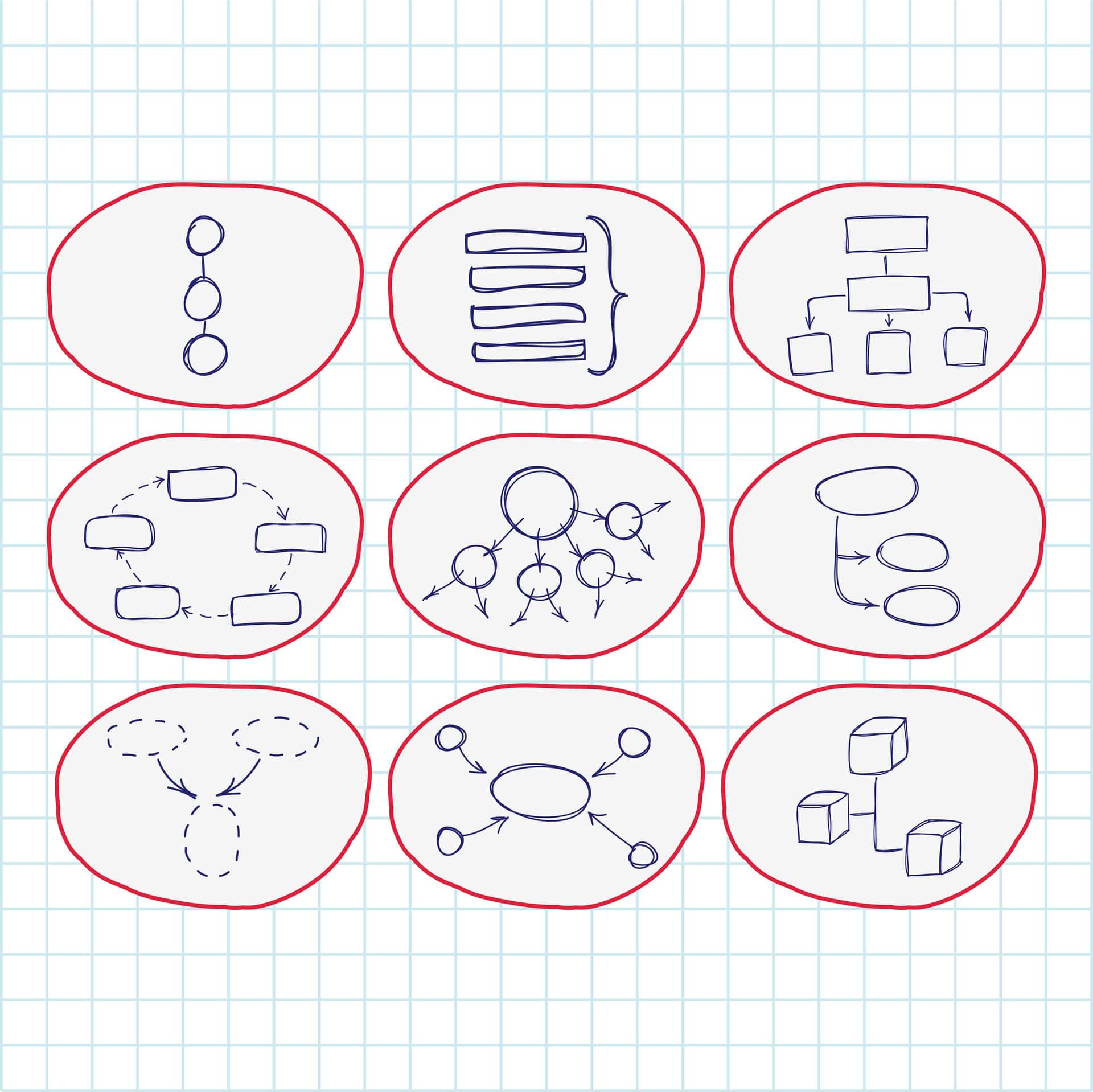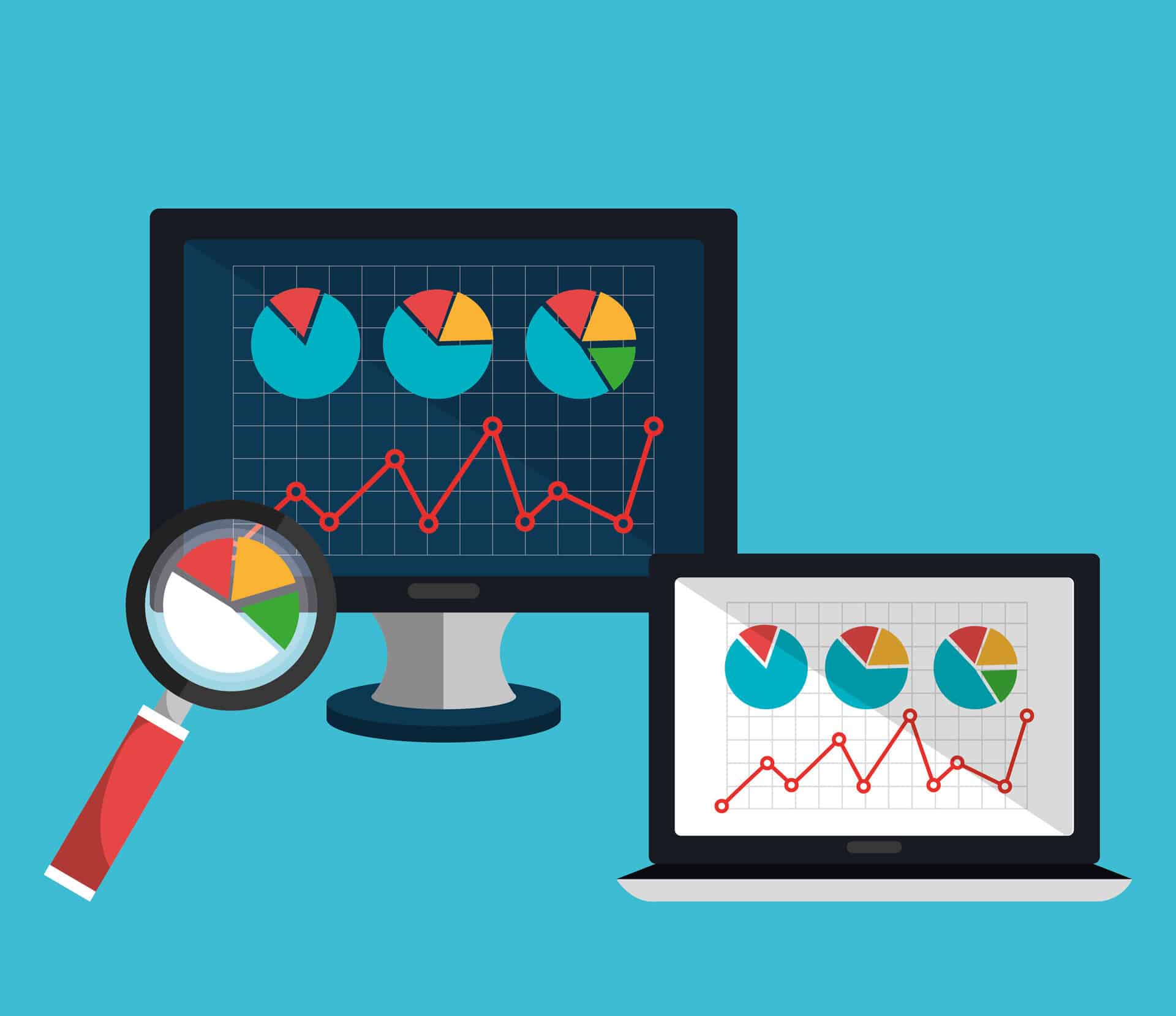
How To Approach Content Mapping Easily and Efficiently

Getting website visitors to click on your “buy now” button isn’t easy. The average conversion rate for most landing pages is only about 2.5%. That said, one in four websites manages to snag double the clicks (over 5%), and one in 10 scores an amazing conversion rate of 11% plus. If you’re struggling to persuade site visitors, content mapping may be your key to e-commerce success.
What Is Content Mapping?

Mapping content involves planning the best way to reach your target customers at every stage of the buyer’s journey. Put simply, your content needs the correct:
- Objectives
- Audience
- Topic
- Timing
- Platform
When you put the who, what, why, where and how together, you have the recipe for content marketing success. Filling in the blanks for your business is what making a content map is all about.
In Other Words…
It’s easier to understand content mapping if you think in terms of a literal roadmap. When you plan a trip, the first thing you do is choose a destination. Then you figure out the specifics: what dates to travel, how to get there, and which items to pack.
Similarly, a content map helps you figure out what type of blog articles, web pages, social media posts, or videos you need to connect effectively with your main customers. You should have one map for new leads and another one for people who are close to making a purchase.
The Buyer’s Journey
To understand what content mapping is and how to do it, first, you need to know the steps of your typical buyer’s journey. This is the path that visitors travel to become your customers.
There are three main stages:
- Awareness: Buyers realize they have a need or a problem.
- Evaluation: They actively look for solutions and compare options.
- Decision: They make a choice and purchase a product.
By mapping your content to each stage of the buyer’s journey, you improve your chances of attracting leads and making sales.
How Important Is Content Journey Mapping for Your Business?
Going back to our example, imagine that you want to travel to San Francisco from Chicago but don’t have a map. How easy would it be to reach your destination by just hopping in your car and taking the first road west? Even if you somehow managed to make it to the Golden Gate Bridge, you would probably end up wasting a lot of time and gas, not to mention running into obstacles.
It’s the same when you try to convince website visitors to make a purchase without really understanding who they are and what they’re looking for. You end up spending more time and money on marketing efforts than you should, and you miss valuable opportunities.
What Are the Benefits of Content Mapping?
With a good content journey map, your business can improve its entire sales funnel:
- Better return on investment
- Higher volume of website traffic
- More leads and better lead quality
- Improved conversion rates and sales
- Stronger brand reputation
Carefully planned content is one of the best investments you can make. Our engaging and helpful blog articles can connect with dozens or hundreds of potential buyers, making a great impression every time.
We’re the Lewis and Clark of Content “Cartography”
Content mapping is just one of the expert services our managed SEO packages include. Discover all the ways we help you connect with your customers.
How Do You Create a Content Map?
Mapping your target audience’s content journey isn’t difficult once you gather the necessary information. We can walk you through the process one step at a time.
1. Identify Your Target Customers
Your target customers are the main group (or groups) of people who typically buy your products. Understanding this audience is the foundation of sales and advertising, so you may already know who to focus your marketing efforts on.
If not, there are several ways to learn more:
- Surveys: Ask your website visitors or customers to share feedback and information about their needs or interests.
- Competitor analysis: Browse competing websites to see which audiences they develop content for.
- Data taken from your company’s client list (mainly for B2B): Look for patterns in the type of businesses that are already your customers.
- Educated guesses: If you run a small business, you may not have the time or money for much audience research, but you can make reasonable assumptions about the kind of person who is likely to need the solutions you offer.
- Google Analytics: The Audiences section of this free tool can show you basic demographic information about the people visiting your website or clicking on your paid search ads, such as age categories, location, and gender.
It’s common for businesses to have multiple target customers. One example is women between the ages of 45 and 65. Another is families with young children. Homeowners could be a third group.
2. Build a Simple Template for Content Mapping

A content map can be a simple spreadsheet with several categories that help you keep track of your content goals for each target audience throughout the funnel. You have the freedom to customize, but include at least the following sections:
- Name of target audience/buyer persona
- Stage of the buyer’s journey (such as top of the funnel, middle of the funnel, bottom of the funnel)
- Content goals for each stage
- Planned topics and type of content (blog article, guide, landing page, etc.)
- Description of content
Some organizations add other sections in the same document, keeping track of keywords to include or posting dates. At BKA, we prefer using an editorial calendar alongside our content map to avoid confusion.
3. Fill Out a Content Map for Each Buyer Persona
Next, fill out your content map template with information related to the target audience. Make sure your completed document has a plan for each stage of the buyer’s journey.
In the beginning, your goal may simply be to educate your visitors on topics related to your services. At the next stage, you’re ready to show them why they need your products.
The way you approach topics should vary depending on the buyer persona. For example, seniors may be more cautious when it comes to articles on investing or finances, so you would be careful not to make the content promotional at all for first-stage readers.
4. Choose Platform Priorities
To reach your target audience effectively, you need to choose the right avenues and locations. Some groups respond better to blog articles on your website. Other ages prefer interacting with brands on social media.
If your business offers home remodeling services, guides may be the way to go, such as “How To Maintain Hardwood Flooring” or “Guide to Cabinet Styles.”
For B2B customers, detailed product pages, white papers and landing pages may be ideal, and virtually all audiences respond well to video content.
5. Set Goals
Good content mapping should have clear goals for your business, website, target customers, and your content at every stage of the funnel. Some examples include:
- Increase lead generation by X%
- Persuade visitors to sign up for a free demo
- Boost web traffic by X%
- Update best-performing content with new statistics
- Convince readers that our business is an industry leader
Being specific makes it easier to track your results and improve your content strategy (and search ranking efforts) later on.
6. Research Topics and Keywords

Figuring out which topics your target audience cares about can be easier than you think. Focus on:
- The group’s problems, challenges or needs
- Frequently asked questions
- Survey results
- Trending topics for your industry
- Topics your competitors are emphasizing
Once you have general themes to cover, it’s time to perform keyword research so you can rank for the topic on Google. Good SEO makes great content stand out online.
There are plenty of free and paid keyword research tools, such as Google Keyword Planner or Ahrefs. You simply start with a basic seed keyword idea, and related keyword possibilities appear.
7. Don’t Overlook Opportunities
Some businesses make the mistake of only focusing on the sales part of the buyer’s journey. This is the final stage, so it’s only likely to be effective for people who are nearly ready to make a purchase anyway.
The goal of content mapping is to help you seize other opportunities, too. If you do it right, you can gradually nudge visitors along the funnel, cultivating leads naturally toward the right stage for a purchase.
What Are Examples of Content Journey Mapping?
As content professionals, we’re happy to lend you a hand. Consider the following topics and goals for different parts of the buyer’s journey.
Awareness Stage
This stage is about giving your readers information. Answer questions related to what, why and how. Good content options include blog articles, social media posts, how-to guides and FAQs.
Evaluation Stage
By this point, your audience understands why they need a solution, but they’re still not sure which solution is right for their needs. Help them compare various options, including your products (but not in a promotional way just yet). Critical content at this stage includes buyer’s guides, long-form blog articles, product reviews and videos.
Decision Stage
Now that target customers know what type of product they want, the job of your content is to convince them that your brand is the ideal choice. Use bullet points, images and friendly, engaging content to persuade visitors to finally click that “buy now” button. Essential content for the bottom of the funnel includes landing pages, detailed product pages and promotional blog articles.
Do You Need a Hand With Content Mapping?
At BKA, we love it when our clients talk content. That said, many business owners don’t have the time to coordinate content strategy. If that’s your case, let our experienced team help with content mapping, keyword planning, and content creation. Discover how powerful optimized blog articles are for e-commerce conversions.
- Is SEO Worth It for a Small Business? - May 3, 2024
- Will Google Penalize AI Content? - May 2, 2024
- How To Create a Long-Term SEO Strategy That Works - May 1, 2024

